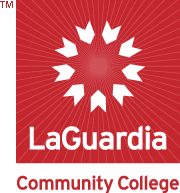
Publications and Research
Document Type
Article
Publication Date
Spring 1994
Abstract
Two kinds of interpretation are currently used to make the spoken language accessible to deaf students in regular college programs; namely, ASL Interpretation and Transliteration. To test the effectiveness of each kind, 43 students from several colleges of the City University of New York were divided into two groups by their preference for one or the other kind, and the groups divided according to level of education. Matched groups then received a narrative presentation and a lecture presentation, interpreted either one way or the other by experienced certified interpreters, and then answered questions on the material so received. The results showed that subjects achieved significantly higher scores when the material was interpreted into ASL than when it was transliterated (i.e. kept in English order by using manual signs for individual words and concepts). This was true even of those students who expressed preference for the latter kind of signing but received the material in ASL interpretation. Other factors addressed in. this study— education level, question type (literal or analytic), communicative competence (judged by qualified interviewers), and background knowledge (about the subject of the lecture)—did not affect scores as much as the kind of interpretation used and the kind of information presented (narrative, lecture) The implication is clear: Interpretation into ASL works better for all deaf students in mainstreamed college classes.
Included in
Disability and Equity in Education Commons, Sign Languages Commons, Special Education and Teaching Commons, Teacher Education and Professional Development Commons


Comments
This article was originally published in Sign Language Studies, vol. 82, Spring 1994, pp. 1-54. doi: 10.1353/sls.1994.0008